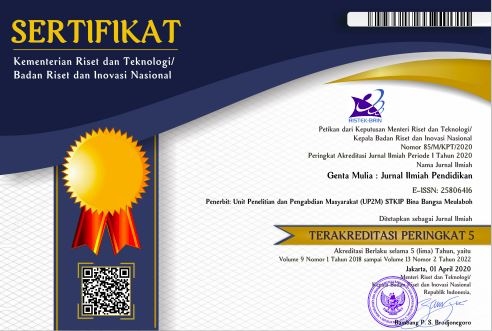Vulnerability Assessment of Environmental and Non-Natural Physical by Subsidence in Sub-Unity of Peatland Hydrology at Jangkang River- Liong River Bengkalis Island
DOI:
https://doi.org/10.61290/gm.v11i1.215Keywords:
Subidence, soil-water conservation, and environment.Abstract
One of the impacts of land conversion on peatlands is the decrease of the land surface or subsidence. Subsidence in Sub-Unitary Hydrology (Sub-KHG) of Jangkang River - Liong River causes further impacts of inundation in settlements and farmland, damage to structures and the fall of plantation crops during high rainfall. To mitigate the impact of subsidence, appropriate disaster mitigation directives are required through a review of the value of disaster vulnerability at the site. This study aims to identify the aspects of environmental and non-natural physical susceptibility caused by subsidence. This research was conducted with several stages, namely 1) Collecting data and building database system, 2) Identify the susceptibility of subsidence from physical aspects of non-natural and environment. The results of this study indicate that very high environmental vulnerability is occurring in deep peat areas that should be protected in the southern part of the Sub-KHG. While the northern region of the mangrove ecosystem is less vulnerable environment. The highest non-natural physical vulnerability is found in Dusun Rahayu, ParitKenanga, Mekar and Murni. 10 hamlets have moderate non-natural physical vulnerability and 10 other hamlets of low non-natural physical vulnerability. Spatially there is an area of 4242.94 ha (28.8%) is an area of high vulnerability and 5909.03 ha (40.2%) is a medium vulnerability area and 4541,85 ha (30,9%) is an area low vulnerability.






